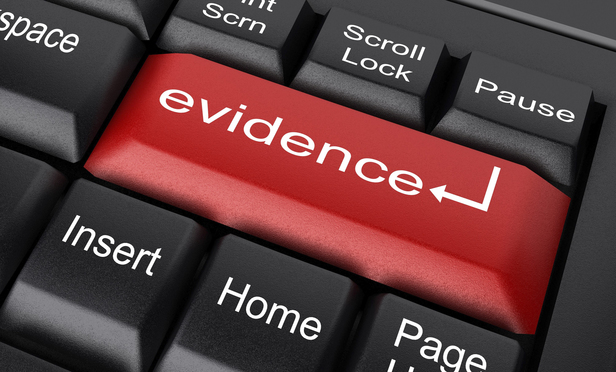The proposed e-discovery amendments to the Federal Rules of Civil Procedure exited the public comment period on Feb. 15. Should these amendments ultimately be ratified, they could go into effect as early as December 2014. While several bodies, including the U.S. Supreme Court and the Judicial Conference, have yet to sign off on the changes, this long discussion has coalesced into a series of draft rules that seek to address the costs associated with e-discovery. While many commentators question the practical impact these amendments will have on proportionality and cooperation, make no mistake: Proposed Rule 37(e) marks a new direction for spoliation and preservation law.
How Proposed Rule 37(e) Works
The applicability of proposed Rule 37(e) hinges on finding that “a party failed to preserve discoverable information that should have been preserved in the anticipation or conduct of litigation.” Once this threshold determination has been made, a court may impose curative measures like additional discovery or award reasonable expenses resulting from the failure by weighing the factors found in draft Rule 37(e)(2). These include the reasonableness of the party’s preservation efforts and the extent to which the party was on notice of its duty.
This content has been archived. It is available through our partners, LexisNexis® and Bloomberg Law.
To view this content, please continue to their sites.
Not a Lexis Subscriber?
Subscribe Now
Not a Bloomberg Law Subscriber?
Subscribe Now
LexisNexis® and Bloomberg Law are third party online distributors of the broad collection of current and archived versions of ALM's legal news publications. LexisNexis® and Bloomberg Law customers are able to access and use ALM's content, including content from the National Law Journal, The American Lawyer, Legaltech News, The New York Law Journal, and Corporate Counsel, as well as other sources of legal information.
For questions call 1-877-256-2472 or contact us at [email protected]






